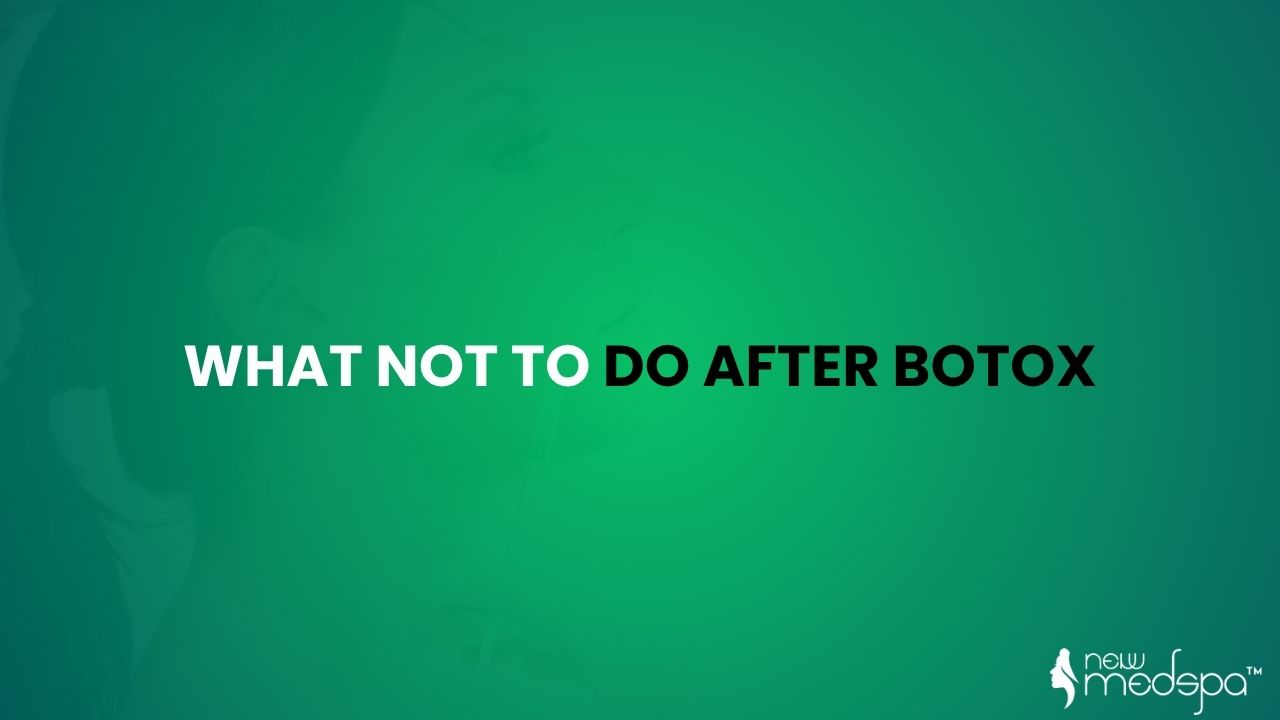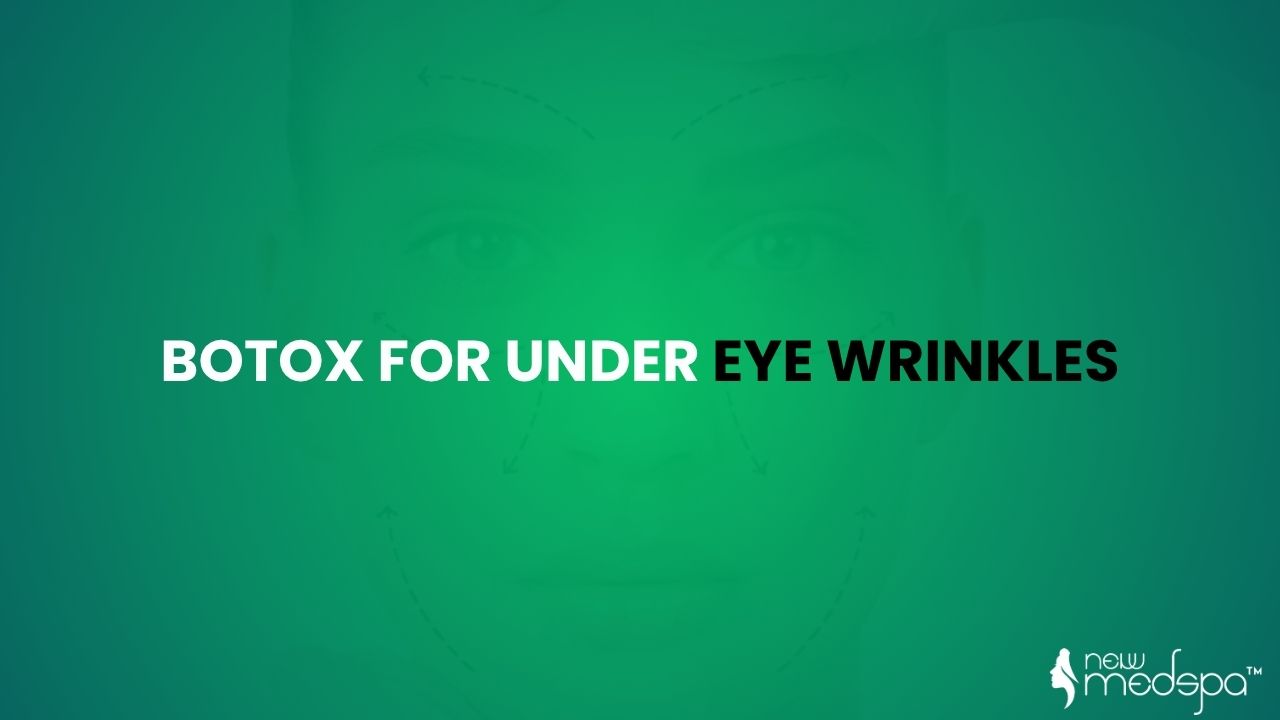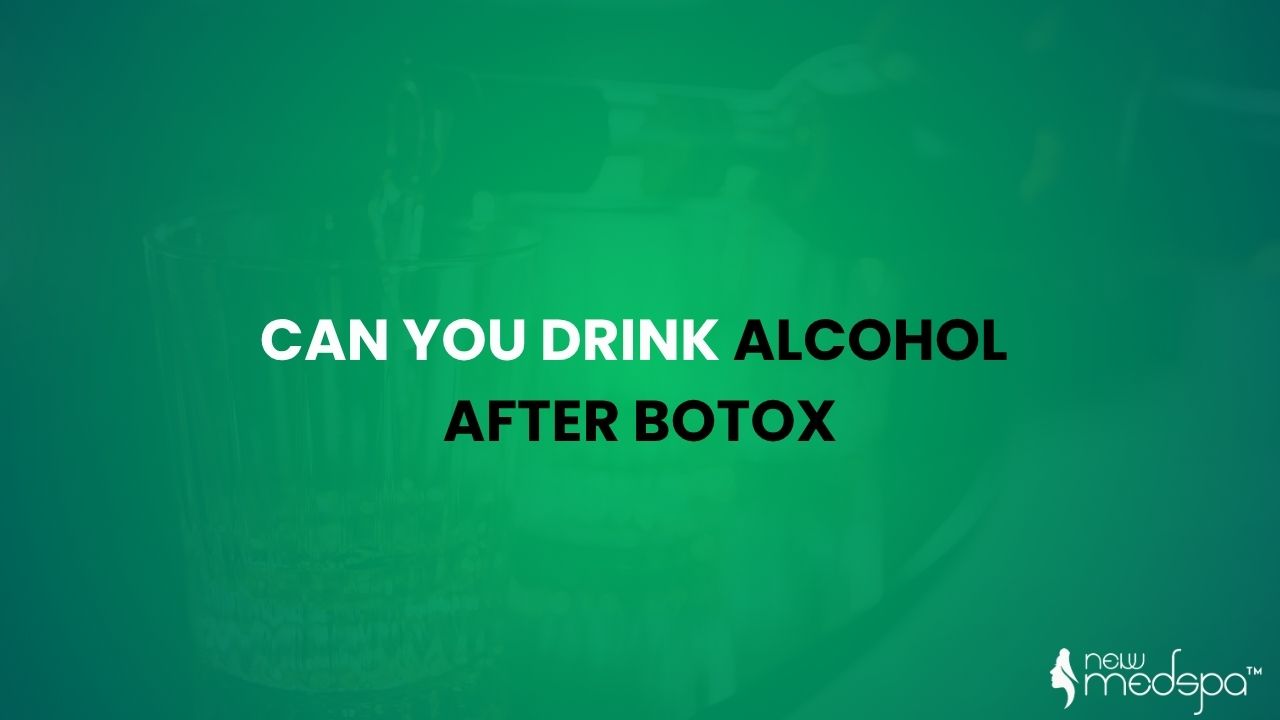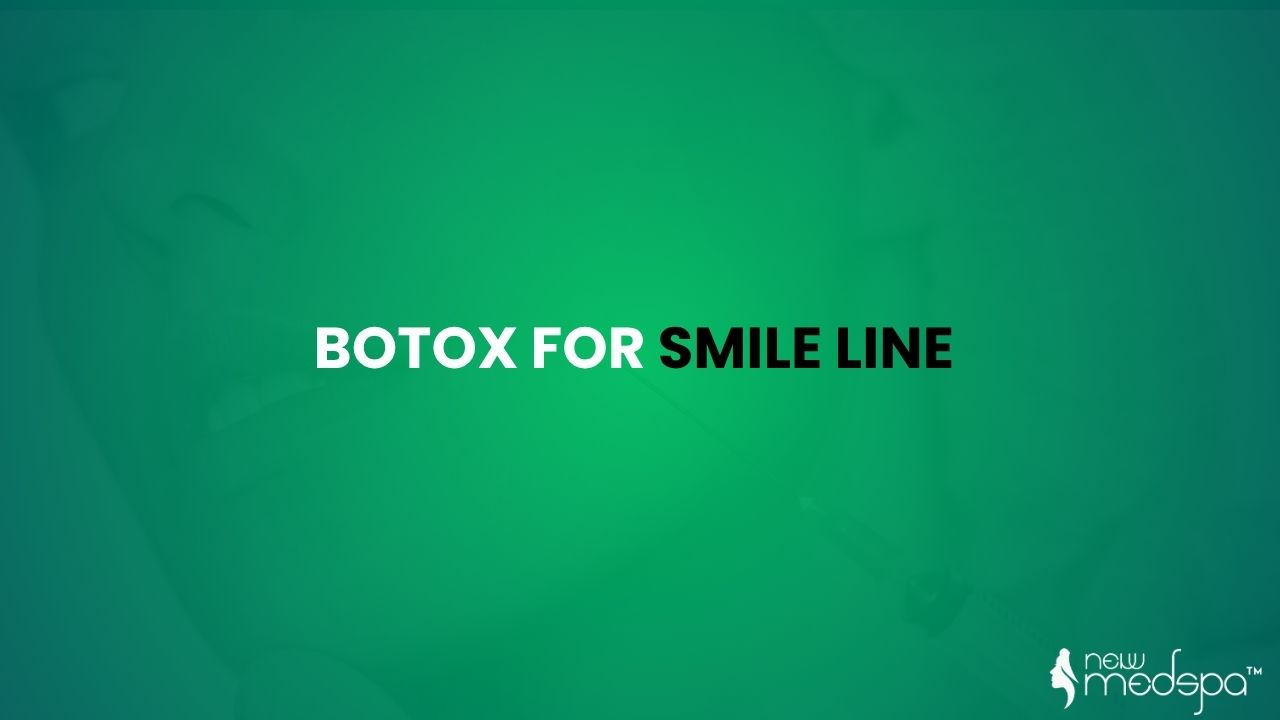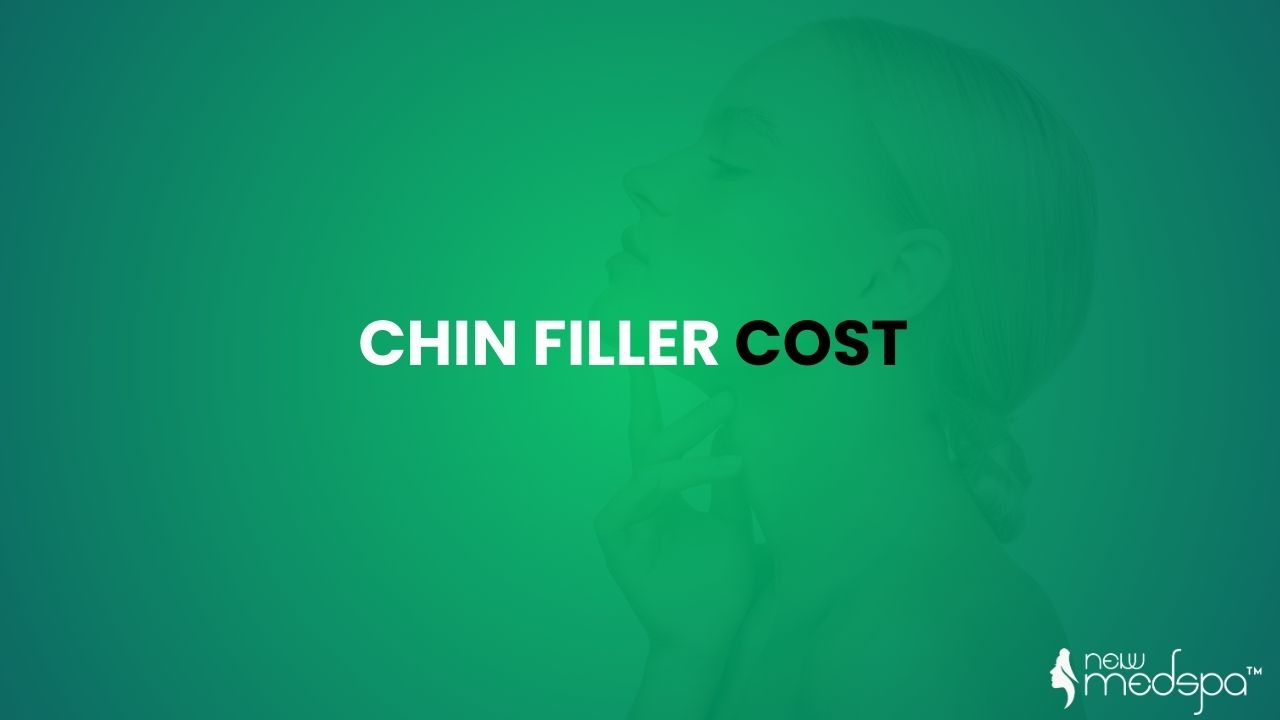What not to do after Botox understanding this question is crucial that can save you from bruising, asymmetry, and reduced effectiveness of procedure. Botox is a trusted and effective cosmetic treatment for smoothing fine lines, wrinkles. Botox might only take a few minutes to inject, but the results can last for months, if you treat your face right afterward. Post-treatment care is just as vital as the procedure itself.
In this blog we will provide post care instructions including what shouldn’t you do after Botox? and discover the most common mistakes people make like exercising too soon, massaging injected areas, or exposing skin to heat and also learn best practices for quick recovery and best results.
Why Post‑Botox Care Matters
What not to do after botox many people assume that because Botox is quick and minimally invasive, the aftercare isn’t important. In reality, how you treat your face and body in the first 24–48 hours post-treatment can directly impact how well the Botox settles and how long the results last. Proper Botox aftercare ensures your Botox settles evenly into targeted muscle groups. Avoiding certain activities can prevent:
- Migration of toxin into unintended muscles (like droopy eyelids)
- Bruising that prolongs downtime
- Uneven results that require retreatment
Injectors often stress that simple habits—like skipping exercise or not touching your face—can make or break your outcome. By proactively avoiding these common pitfalls, you safeguard your cosmetic outcome and boost satisfaction.
What Not to Do After Botox: 10 Mistakes to Avoid for Lasting Results
1. Don’t Massage or Rub the Treated Area
What can make Botox less effective? One of the most common mistakes is massaging Botox‑injected areas. The toxin moves around easily in the first 24–48 hours, and even light touching can displace it. That may lead to drooping or uneven muscle paralysis, like a crooked smile or one eyebrow higher than the other.
Avoid: Facial massages, sleeping on your face. rubbing spots to scratch or relieve itch
Instead: Gently cleanse your face, pat skin dry avoid makeup around injection sites until later in the day
2. Avoid Strenuous Exercise for at Least 24 Hour
High‑intensity exercise increases blood flow and pressure, potentially spreading Botox beyond the target zone. This can cause: Bruising ,swelling and inconsistent results
To protect your treatment, skip:
- Heavy cardio
- HIIT or bootcamp classes
- Heavy lifting
- Hot yoga or spin sessions
Instead, opt for light walks, gentle stretching, or restorative yoga after the first day.
3. Do Not Lie Flat Immediately After Treatment
What not to do after botox despite common belief, staying upright after Botox isn’t just for cosmetic reasons—it helps ensure the product stays where it’s supposed to. While you don’t need to avoid horizontal positions entirely, the first 4 to 6 hours are critical.
- Avoid full recline or lying flat
- Pro tip sit upright while watching TV or resting
- Light head elevation during sleep may help the next night
This simple adjustment prevents toxin spread and supports more predictable, uniform results.
4. Skip Heat Exposure & Excessive Sun
What can make Botox less effective? Heat exposure and excessive sun can damage the botox results. You should avoid following things.
- Sunbathing and tanning beds
- Saunas and steam rooms
- Hot showers or outdoor heat exposure
For best results you should choose lukewarm water, cool pools, and shady outdoor areas.
5. Avoid Facial Treatments & Cosmetics
What not to do after botox within the first 48 hours, steer clear of:
- Chemical peels
- Microdermabrasion
- Microneedling
- Deep facials
Also avoid makeup on treated areas—especially cream‑based or thick coverage—until at least 8 hours have passed, or as directed. Cleanser, toner, and broad-spectrum sunscreen are safe to use later in the day.
6. No Upside‑Down Yoga or Inversions
Inversions or positions where your face is below your heart (like headstands or deep downward dogs) may encourage Botox to migrate. Similarly, heavy downward pressure—bursts of cough, sneeze, strain—may disturb targeted muscle relaxation.
Stick to rest positions, gentle stretches, and low‑impact movements that keep your head upright.
7. Don’t Apply Heavy Makeup Right Away
Makeup isn’t off-limits forever, but applying it too soon — especially with pressure from brushes or sponges — can disrupt the injection sites.
Using makeup too early may:
- Introduce bacteria, increasing the risk of infection
- Cause irritation or allergic reaction
- Spread Botox away from the targeted area
What not to do after Botox: Wait at least 24 hours before applying any makeup. When you do, use clean tools and apply products gently.
8. Avoid Alcohol & Blood Thinners
It is important to avoid alcohol and blood thinners drugs as they can cause swelling and bad results. Alcohol thin blood and people who drink this after Botox always feel uneven results.
9. Don’t Panic Over Minor Side Effects
Mild swelling, redness, or tiny bumps at injection points are normal. They usually fade within a few hours up to two days. Bruises often show up 24–48 hours later and fade over a week.
Don’t:
- Massage them (you’ll just spread blood)
- Rub vigorously
Do:
- Apply cold compress (not ice directly on skin)
- Use arnica gel or bromelain tablets, if your provider recommends
- Wait it out—most mild bruises and bumps resolve naturally
10. Don’t Skip Your Follow-Up Appointment
Why It’s Important:
A follow-up helps your injector assess results and provide any necessary touch-ups for optimal symmetry and satisfaction.
When to Schedule:
Typically 2–3 weeks post-treatment.
Why Post‑Botox Care Matters
What not to do after botox many people assume that because Botox is quick and minimally invasive, the aftercare isn’t important. In reality, how you treat your face and body in the first 24–48 hours post-treatment can directly impact how well the Botox settles and how long the results last. Proper Botox aftercare ensures your Botox settles evenly into targeted muscle groups. Avoiding certain activities can prevent:
- Migration of toxin into unintended muscles (like droopy eyelids)
- Bruising that prolongs downtime
- Uneven results that require retreatment
Injectors often stress that simple habits—like skipping exercise or not touching your face—can make or break your outcome. By proactively avoiding these common pitfalls, you safeguard your cosmetic outcome and boost satisfaction.
Recommended Botox Aftercare Routine
| Time window | Do’s | Don’ts |
| 0–4 hours | Stay upright, pat‑dry cleanse, cold compress | Don’t lie flat, rub, touch |
| 4–24 hours | Light walk, SPF, gentle moisturizer | No exercise, heat, alcohol, facials, makeup |
| 24–48 hours | Gradually return to normal routine | Avoid inversions, high‑heat, heavy pressure |
| 48 hours onward | Resume all baseline activities | Continue gentle skincare; get your follow‑up if needed |
FAQs
When can I wash my face after Botox?
Wait at least two to eight hours, then cleanse oh so gently — no scrubbing allowed! — before patting skin dry.
Is after Botox applying makeup riskey?
Yes, but not in the first 24 hours following treatment and you should avoid heavy creams/contouring of the areas treated with injections.
When can I workout after Botox?
For safety, do not engage in vigorous sports for 24 hours; return to low‑impact activities the following day.
Final Takeaways
what not to do after Botox: By following this guide—sitting upright, babying your skin care routine, icing inflamed areas and being patient—you maximize the effects of your Botox and minimize the side effects. If anything still doesn’t feel quite right after the first two weeks, don’t be afraid to reach out to your provider.
When you follow aftercare instructions, Botox is a best way to get a confidence boost that delivers gorgeous results you look and feel completely natural in, with virtually no downtime. Remember: it’s not only what your injector does — it’s what you do post-injection that often counts the most.


